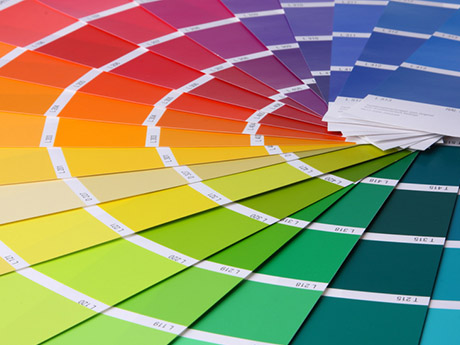Power Adjustment

Elstein infrared heaters are available with varying power levels.
The HTS for example has power levels ranging from 250 W to 1,000 W. In practice however powers different to these are mostly required.
There are three ways of adjusting the heater power to the power requirements of the material to be heated.
- The most simple way is to change the distance between the heater and the material to be heated. This is only recommended if individual heaters are used.
- The second way is power control, for example using proprietary dimmers, like those used for lighting purposes.
- The third and best way is to adjust the power via temperature control using heaters with an integrated thermocouple.
Inside Elstein infrared heaters with thermocouple, the thermocouple is located between the radiating surface and the heating coil. The thermocouple signal is passed via a special thermo line, for example to the input of the Elstein TRD digital temperature controller. The temperature controller switches individual or whole groups of heaters on and off with the help of one or several Elstein TSE thyristor wwitching units. An average power sets in at the heaters, depending on period they are switched on. An URG super-agile fuse is fitted upstream of the thyristor switching units to protect them against short circuits.
This method enables compliance with the prescribed heater temperature with an accuracy of one degree and thus enables the production conditions to be reproduced. It can also be modified so that the temperature of the material to be heated is measured. However, this requires reliable recording of the temperature of the material to be heated. In most cases it suffices to control the heater temperature.
By using several controllers, zones can be formed in the heating areas, for example, to specifically heat certain areas of the product more strongly or weakly. Annular heating zones are frequently realised for large heating areas in order to uniformly heat up the material to be heated from the boundary area through to the center. Special programmable controls can also be used instead of a controller. Here it must be noted that the inputs for the thermocouples must be potential-free.
